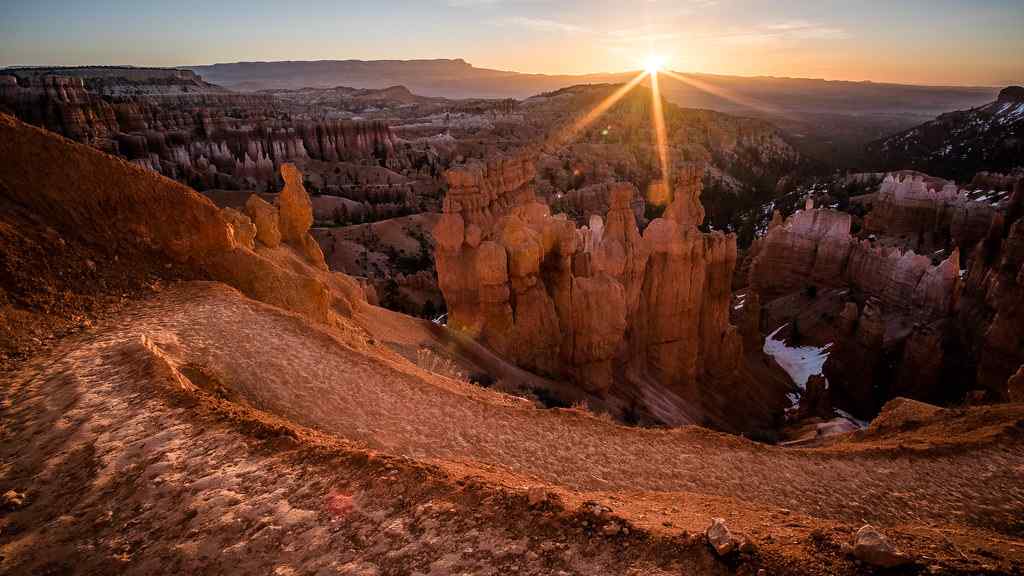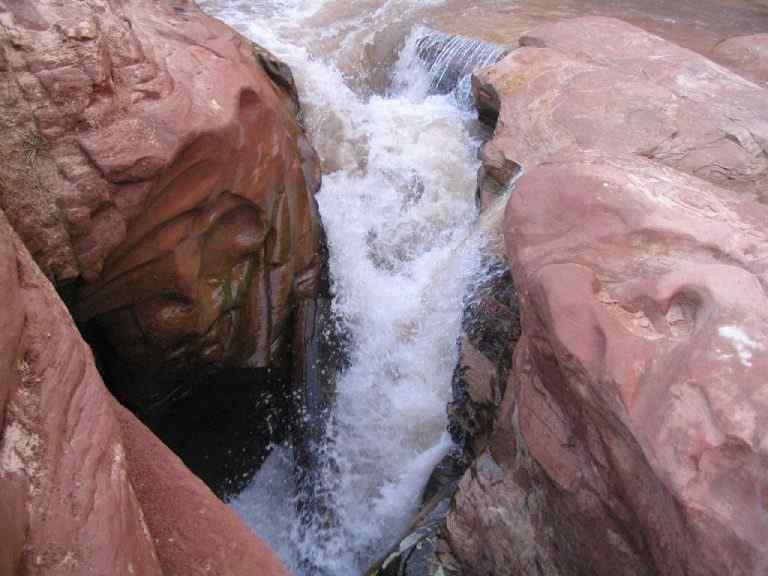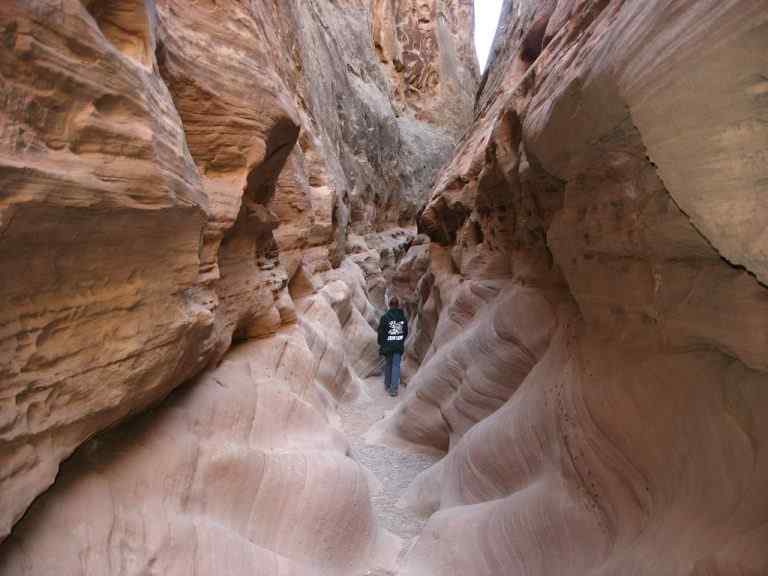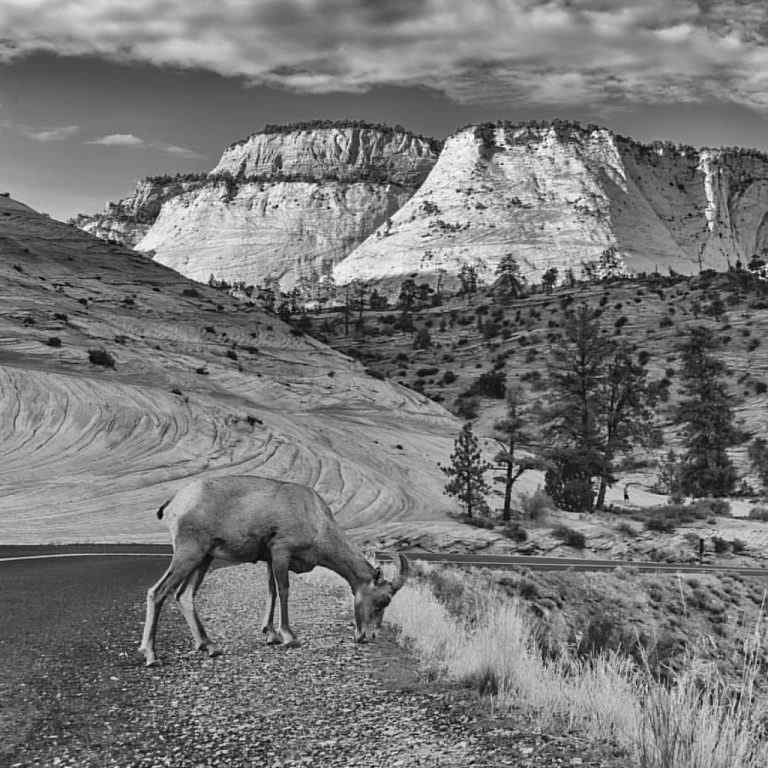Photographing Utah’s Stunning Landscapes And Wildlife
As a photographer, capturing the beauty of Utah’s landscapes and wildlife requires more than just pointing and shooting. To create successful pictures, you must consider composition guidelines, light manipulation, storytelling photography, weather considerations, and framing techniques.
Composition guidelines involve the placement of elements within a photograph to create balance and interest. The rule of thirds is a popular composition guideline that involves dividing an image into nine equal parts with two horizontal lines and two vertical lines. Placing your subject on one of the intersecting points can create a dynamic and aesthetically pleasing image.
Light manipulation is also crucial for successful photography. Understanding how light affects your subject can help you highlight its best features or create mood in your photographs. You can manipulate light through adjusting exposure settings or using artificial lighting sources.
In addition to technical skills, storytelling photography requires an understanding of your subject and its environment. Consider weather conditions when planning your shoot – harsh sunlight may be too much for some subjects while overcast skies could add drama to others.
Framing techniques such as leading lines or foreground elements can also help tell a story within your photograph.
By considering these factors when taking photographs of Utah’s stunning landscapes and wildlife, you will be able to capture images that not only showcase their beauty but also tell a story that resonates with viewers.
Finding The Right Locations
Now that we’ve discussed the criteria for successful pictures, let’s move on to finding the right locations for photographing Utah’s stunning landscapes and wildlife.
Scouting locations is an essential part of any photographer’s process, and it requires both creativity and strategy. Look for places that are not only visually appealing but also offer unique perspectives or access to wildlife. It can be helpful to research popular spots, but don’t be afraid to venture off the beaten path.
When you arrive at your chosen location, light management becomes crucial. Pay attention to the direction and quality of light, as well as any shadows or reflections that might affect your composition.
Safety considerations should also be top of mind – always be aware of your surroundings, especially if you’re in a remote area or near wildlife. And don’t forget about weather preparation! Utah can experience extreme temperatures, so make sure you have appropriate clothing and gear.
When it comes to landscape composition, there are a few key elements to keep in mind. Use leading lines or foreground objects to draw the viewer’s eye into the image. Consider using the rule of thirds to create balance and interest in your composition. And don’t forget about scale – incorporating people or animals into your shots can add a sense of perspective and depth.
In summary, scouting locations, managing light, considering safety, preparing for weather, and composing landscapes are all important factors when photographing Utah’s stunning landscapes and wildlife. Keep these tips in mind as you explore this beautiful state with your camera in hand!
Equipment And Settings
As a photographer, there’s nothing quite as liberating as capturing the beauty of Utah’s landscapes and wildlife. To ensure you’re able to capture the perfect shot, it’s important to consider your equipment selection, composition techniques, lighting techniques, shutter speed control, and exposure adjustment.
When it comes to equipment selection, there are a few key items that you’ll want to have on hand. A sturdy tripod is essential for keeping your camera steady and reducing blur in your shots. Additionally, investing in a quality lens can make all the difference when it comes to capturing fine details in your subjects.
Composition techniques are another important consideration when photographing Utah’s stunning scenery. Utilizing the rule of thirds can help create balance and interest in your shots, while leading lines can draw the viewer’s eye into the frame.
Lighting techniques also play a crucial role in setting the mood of your photos – consider shooting during golden hour or experimenting with different angles to find the perfect lighting for your subject.
Finally, mastering shutter speed control and exposure adjustment can take your photography skills to new heights. Understanding how to adjust these settings can give you greater control over depth of field and help you capture sharp images even in low light situations.
Remember – with practice and patience, you too can capture breathtaking shots that truly showcase Utah’s natural beauty.
Capturing The Moment
As a photographer, understanding your equipment and settings is crucial to capturing the beauty of Utah’s landscapes and wildlife. However, it’s not enough to simply have a good camera and know how to use it.
Traveling safely in remote areas, considering the weather forecast, and planning ahead are all important factors to keep in mind.
When photographing wildlife, it’s important to be mindful of your surroundings and respect their space. Researching animal behavior beforehand can give you an idea of what to expect and how close you can safely get for that perfect shot. Camera angles can also make a huge difference in capturing the essence of an animal or landscape. Experiment with different angles to find what works best for each subject.
Understanding light is another key aspect of photography that cannot be overlooked. In Utah’s beautiful landscapes, the light can change dramatically throughout the day, creating different moods and tones in your photos. Planning your shoot around these changes can lead to stunning results.
In summary, while knowing your equipment and settings is important, traveling safely and being prepared for weather conditions are just as crucial when photographing Utah’s landscapes and wildlife. Being mindful of animal behavior, experimenting with different camera angles, and understanding light will help elevate your photos from good to great.
Wildlife And Bird Watching
As photographers, we have a unique opportunity to explore habitats and identify species that may not be visible to the average observer. For those interested in bird watching, Utah offers a diverse range of species to discover. From the majestic Bald Eagle to the colorful Western Tanager, bird identification is an exciting challenge for any nature lover.
However, it is important to keep ethical considerations and wildlife conservation in mind when photographing wildlife. Always maintain a safe distance from animals and avoid disturbing their natural behaviors.
In addition, be mindful of any potential impact on the environment and take steps to minimize your presence in fragile ecosystems.
In summary, exploring Utah’s wildlife through photography provides a deeper appreciation for the natural world around us. But let us remember that with this privilege comes responsibility – we must approach our subjects with respect and care for their well-being and habitat conservation.
Tips And Tricks
As a photographer, there’s nothing quite like capturing the perfect shot. Whether you’re out in Utah’s stunning landscapes or trying to snap a photo of the local wildlife, there are a few tips and tricks that can help you achieve your desired result.
First, it’s essential to understand capturing light and the basics of composition. Pay attention to leading lines and rule of thirds when framing your shots.
Additionally, consider the weather conditions before heading out on your shoot. Overcast days can provide beautiful diffused lighting while sunny days may require filters to avoid overexposure.
Understanding exposure is another crucial aspect of photography. Take time to experiment with aperture, shutter speed, and ISO settings to get the right balance for your photos.
Lastly, don’t forget the importance of framing shots creatively. Play around with angles and perspectives to add depth and interest to your images.
By keeping these tips in mind and consistently practicing them, you’ll be well on your way to capturing those breathtaking shots that make Utah such an incredible place to photograph. Remember that photography is an art form that requires patience and practice, so keep at it!
Editing And Post-Processing
Now that you have captured the perfect shot, it’s time to take your photography to the next level with editing and post-processing.
Lighting adjustments can make a significant difference in the final result, especially when dealing with Utah’s diverse landscapes. Experiment with different hues and tones to set the mood and enhance the natural beauty of your photo.
Color grading is another essential element of post-processing. This technique allows you to adjust the colors in your photo, giving it a unique look and feel.
You can also use cropping techniques to focus on specific elements of your image or create a new composition altogether. Image sharpening is an excellent tool for bringing out details that may not be visible in the original photo.
Framing composition is crucial when editing wildlife photography, as it can highlight key features of an animal or landscape. Use these tools together or separately to achieve your desired effect while staying true to your artistic vision.
Remember, editing should enhance your photo, not alter it entirely. With a little practice and creativity, you’ll be able to take your photography to new heights without sacrificing its natural beauty.
Conclusion
As a photographer who has explored Utah’s vast and breathtaking landscapes, I can attest to the sheer beauty that this state offers. However, capturing the essence of these landscapes and wildlife requires attention to detail and careful planning.
Success in photography depends on several criteria, including composition, lighting, timing, and creativity. It takes time to find the right locations and consider which equipment and settings will best suit your desired outcome. But once you have found your spot and know how to capture the moment, you can create stunning visuals that will leave a lasting impression.
One of the most rewarding aspects of photographing Utah’s landscapes is being able to witness its incredible wildlife up close. Whether it’s watching a herd of bison roam free or seeing a majestic bald eagle soaring above the mountains, each encounter is truly magical. However, it is important to remember that wildlife should be respected and photographed ethically.
Finally, post-processing plays an essential role in bringing out the best in your photographs. With editing software at your disposal, you can enhance colors, adjust exposure levels or remove unwanted elements from your images.
In conclusion, photographing Utah’s stunning landscapes and wildlife is not just about taking pictures; it’s about experiencing nature’s beauty firsthand. By following some basic tips and tricks, anyone can capture memorable moments that last a lifetime.







